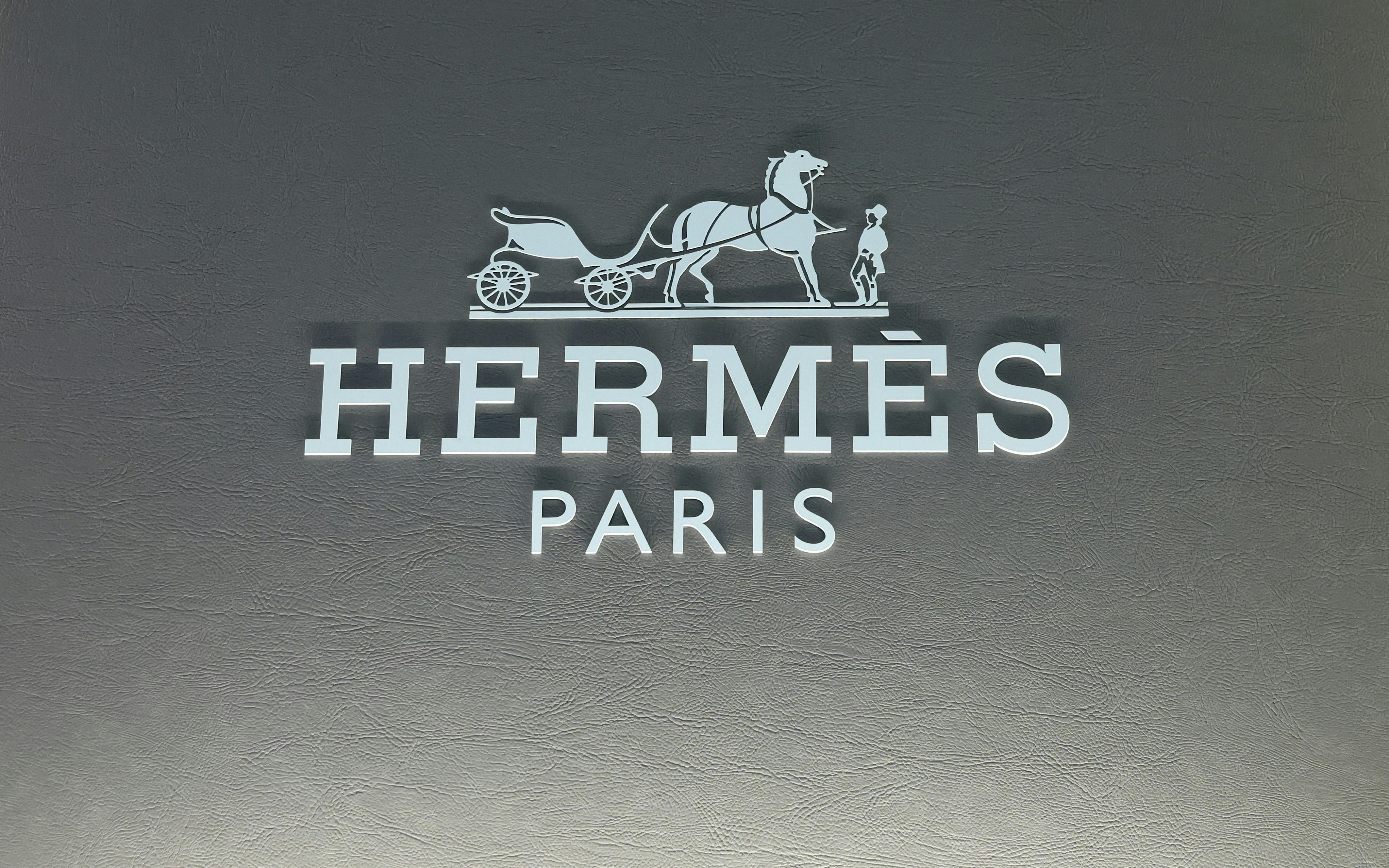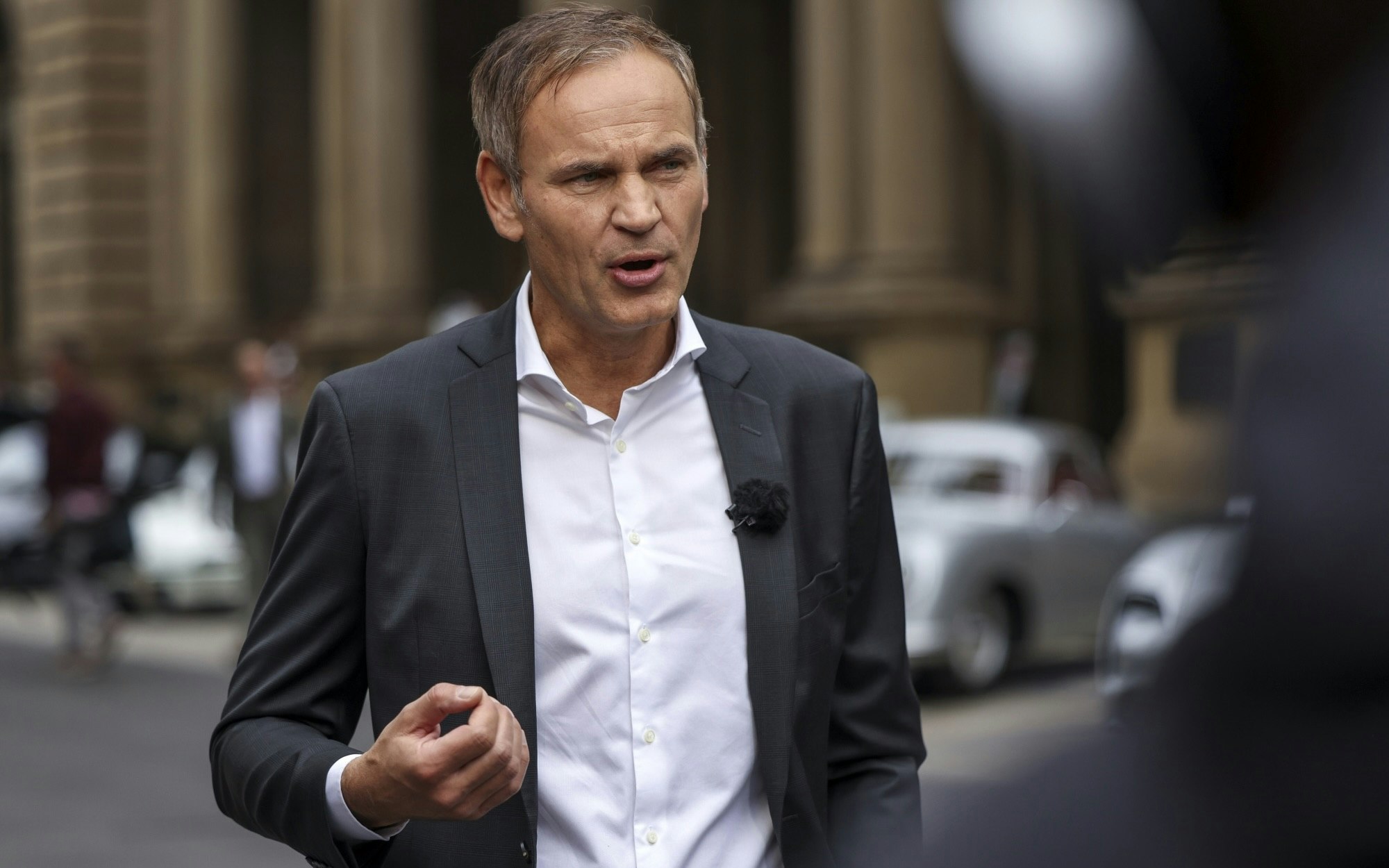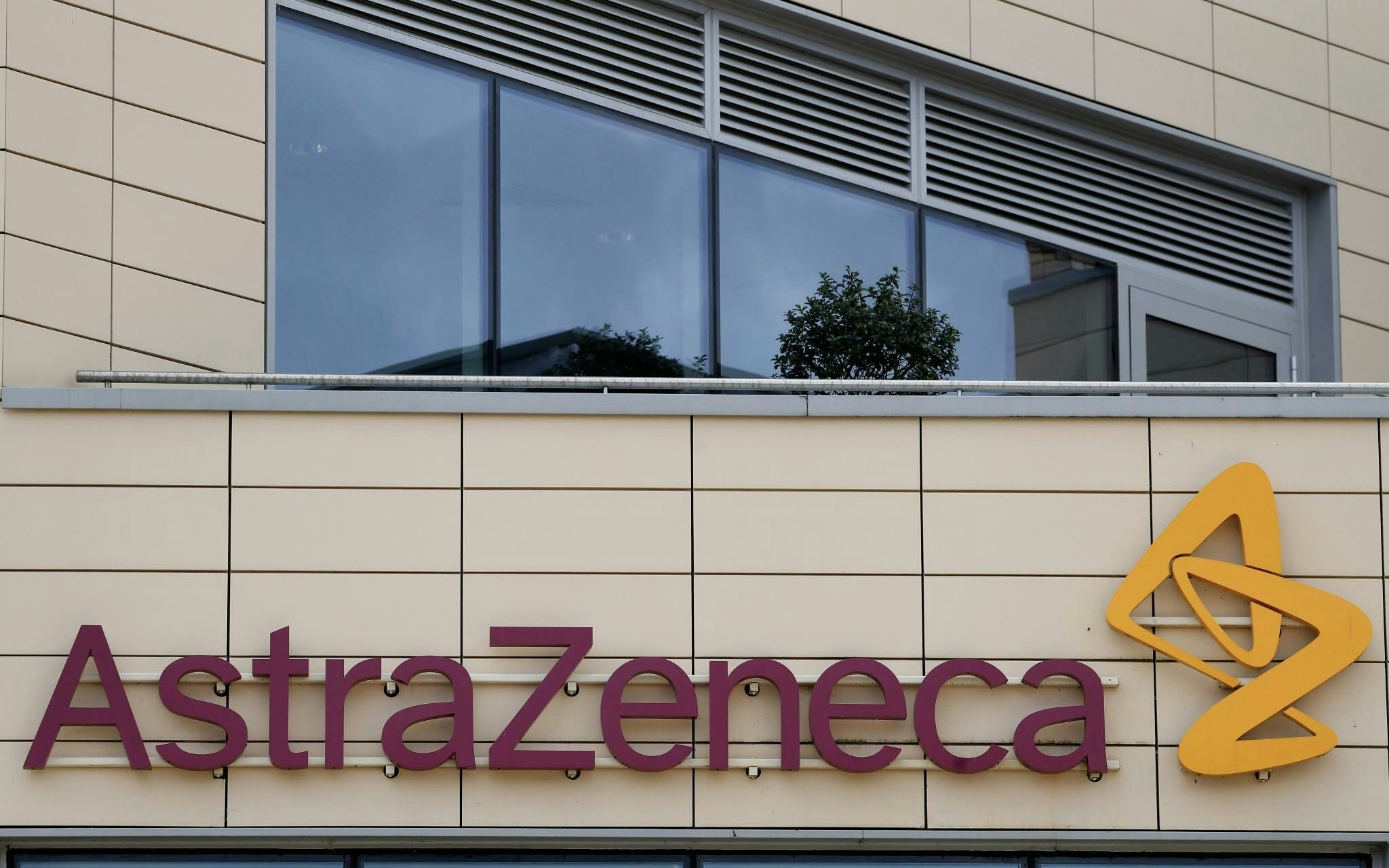Business
Hermès defies luxury downturn with double-digit revenue growth
Birkin bag manufacturer remains one of the strongest players in the industry – unbroken demand.

The Parisian luxury goods manufacturer Hermès has once again posted impressive sales figures in the second quarter, despite a challenging market environment and decreasing spending by Chinese consumers on silk scarves and $10,000 bags.
Certainly! Here is the translated heading in English:
"The quarterly sales of the Birkin bag manufacturer rose by 13.3 percent after adjusting for currency effects, reaching a total of 3.7 billion euros, according to Reuters consensus estimates. In Asia excluding Japan, sales grew by 5.5 percent on a comparable basis, a stronger performance compared to competitors such as LVMH, Richemont, and especially Kering, whose business in China has significantly declined.
Hermès remains one of the most reliable performers in the luxury segment, even in more challenging times. The company benefits from its positioning in the ultra-high-end segment, carefully controlled distribution, and wealthy clientele.
Nevertheless, growth has slowed since the beginning of the year, decreasing from 17 percent in the first quarter to 13.3 percent.
The operating result in the first half of the year amounted to 3.15 billion euros with a margin of 42 percent, meeting expectations despite a more challenging environment.
The solid half-year results reflect the strength of the Hermès model in a more complex economic and geopolitical context," said CEO Axel Dumas. "The group is confident about the future and continues to invest to advance its vertical integration projects and create new jobs.
The largest division of the group, leather goods, grew by 18 percent in the quarter as buyers continued to purchase the coveted Birkin and Kelly bags, while sales of ready-to-wear fashion and accessories also increased by double digits.
The sales of iconic silk scarves and watches declined, indicating some strains as Hermès navigates a more challenging luxury environment.
The company's performance in the second quarter was "solid," although Hermès is "not completely immune to broader trends," said Zuzanna Pusz, an analyst at UBS. "The results from the first half of the year confirm the resilience of the business model despite slower developments in the Asia-Pacific region," she added.
The shares of the group have increased by 6 percent so far this year and stood at 2,007 euros on Thursday, corresponding to a market capitalization of 213 billion euros, while the shares of LVMH and Kering have declined.
Hermès outperformed the rest of the sector during a luxury boom that peaked during the pandemic, a trend that has continued. While much of the growth over the past decade was achieved through brands' efforts to attract more aspirational customers through marketing and expanding their entry-level products, the most exclusive names like Hermès, Brunello Cucinelli, and LVMH’s Loro Piana largely avoided this to focus on their wealthy core clientele.
Hermès also benefits from the fact that demand exceeds supply for its most coveted products, such as the Kelly and Birkin bags, which start at around $10,000 each. The company carefully controls production and plans to expand its production capacity for leather goods by 6-7 percent annually by opening new workshops and training specialized craftsmen.
In contrast to some of its competitors, Hermès is also less dependent on tourist purchases.









